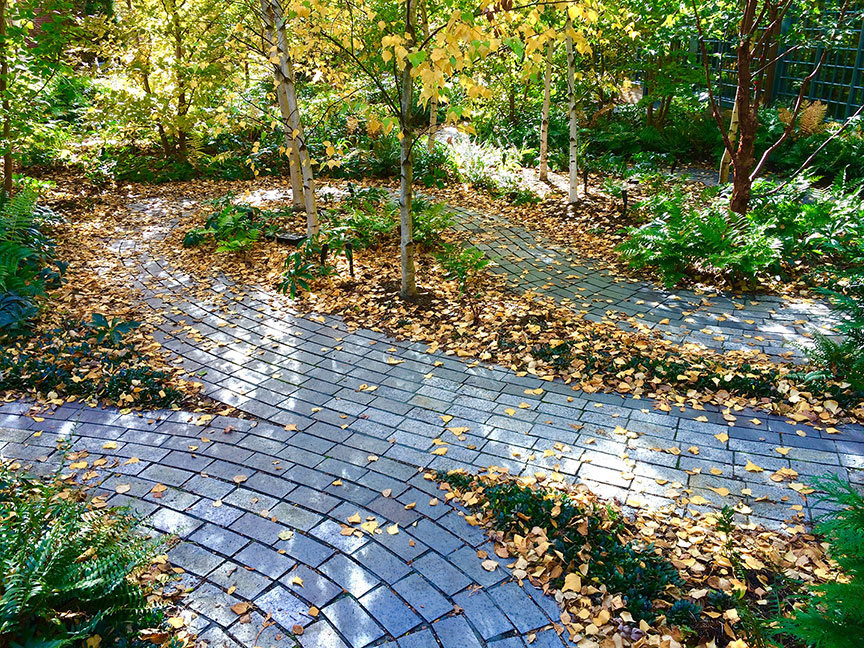DEFINING A SUSTAINABLE LANDSCAPE
To begin a discussion on sustainability, it’s obligatory to understand the definition of the word as it applies to the landscape. The term has been bandied about since the seventies when Rachel Carson’s "Silent Spring* hit the bookstores and responsibility for our environment emerged as a “grass roots” movement. The terminology, not necessarily the action has evolved to become a catch phrase similar to the term “organic”. Overused and misunderstood. In fact it has gotten to the point that other words such as “greenwashing” have been created to describe the insincere or false display of concern for environmental concerns
According to the American Society of Landscape Architects (ASLA), “Sustainable landscapes are responsive to the environment, re-generative, and can actively contribute to the development of healthy communities. Sustainable landscapes sequester carbon, clean the air and water, increase energy efficiency, restore habitats, and create value through significant economic, social and, environmental benefits.”
The EPA chooses to address sustainability in two ways, reflecting the perspectives of both the public and private sectors. While the public policy and business agendas may be different, “their common goal is to support a growing economy, integrating environmental, economic, and social values in decision making while reducing the social and economic costs of economic growth.”
SUSTAINABLE RESIDENTIAL GARDEN DESIGN
The Association of Professional Landscape Designers (APLD) presents a very simple, concise and profound definition…
“Living today without degrading tomorrow.”
Whether you hire a designer or choose this undertaking for yourself, consider that one of the most overlooked aspects to sustainability is thinking local and using techniques that are not only sustainable, but also regenerative and environmentally responsible. Most of these “techniques” are not new, but have been around for generations and are based in common sense principles.
The Monks Garden at the Isabella Stewart Gardner Museum is a sustainable garden which evokes the northeast landscape. Here photographed in early autumn.
SUSTAINABLE SITES INITIATIVE FOR BUILDING LANDSCAPES
Within the last decade, the evolution of this movement along with a response to the US Green Building Council’s LEED initiative in building construction, has led to the Sustainable Sites Initiative. This was created to promote sustainable land development and management practices that can apply to all sites with and without buildings. By developing criteria and guidelines for sustainable land practices, it will “enable built landscapes to support natural ecological functions by protecting existing ecosystems and regenerating ecological capacity where it has been lost.” Through a ratings system (similar to LEED), this will ultimately provide incentives and tools for those who make choices on development and land practices– from legislators to developers to homeowners. For those who design, construct, manage and maintain landscapes, it will provide parameters to work within, addressing issues such as climate change, loss of biodiversity and resource depletion. This initiative was originally begun by the U.S. Botanical Garden, Professional Practice Network of the American Society of Landscape Architects (ASLA) and the Lady Bird Johnson Wildflower Center. It has since expanded to partner with other stakeholders, including the EPA and US Green Building Council and United States Department of Agriculture.
EVERY EVERY RESIDENTIAL GARDEN CAN INCORPORATE SUSTAINABILITY
One can consider the Sustainable Sites Initiative to address large public concerns and municipalities. But if we integrate these ideas and consider the issues on an individual level as homeowner and residents, multiplied exponentially throughout the globe – we all have an impact on maintaining a sustainable landscape. Each of us is accountable and collectively can make a significant difference as a steward of the land. The local scale ultimately and collectively becomes the global scale.


